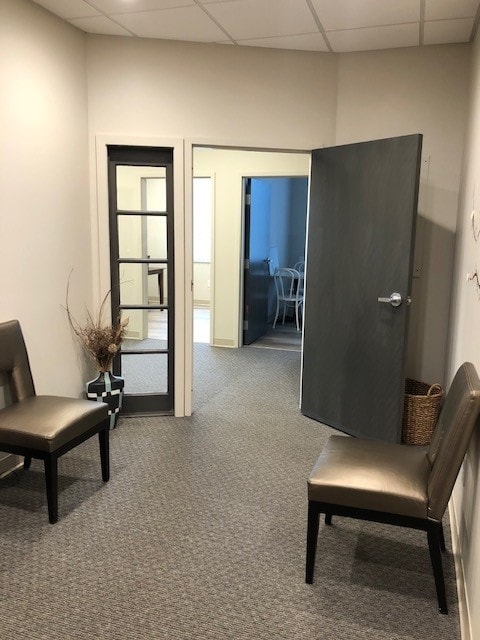Effective motor speech therapy is essential for children with childhood apraxia of speech (CAS). Various techniques are used to address the unique challenges of CAS, helping children improve their speech abilities. This article explores some of the key speech therapy techniques employed by apraxia specialist.
Key Techniques for Addressing Childhood Apraxia of Speech
Childhood apraxia of speech requires a tailored approach to therapy. Here are some effective techniques used by apraxia specialists:
1. Dynamic Temporal and Tactile Cueing (DTTC)
-
Purpose: DTTC helps children with CAS practice speech sounds and sequences with the aid of visual and tactile cues.
-
Method: The therapist provides cues and gradually reduces them as the child becomes more proficient in producing the sounds.
2. The Kaufman Speech to Language Protocol
-
Purpose: This protocol focuses on building the child's speech abilities through a structured series of exercises.
-
Method: The therapist uses a hierarchy of increasingly complex tasks to improve the child's ability to produce sounds and words.
3. PROMPT (Prompts for Restructuring Oral Muscular Phonetic Targets)
-
Purpose: PROMPT uses physical prompts to help children with CAS coordinate the movements needed for speech.
-
Method: The therapist provides manual guidance to help the child learn the correct movements for producing speech sounds.
Integrating Techniques with Therapy Goals
An apraxia will integrate these techniques into a comprehensive therapy plan tailored to the child's specific needs:
1. Individualized Plans
-
Assessment: The specialist conducts an initial assessment to determine the most appropriate techniques for the child.
-
Progress Monitoring: Regular evaluations ensure that therapy techniques are effective and adjusted as needed.
2. Parent Involvement
-
Home Practice: The specialist provides guidance for parents to support their child's practice at home.
-
Feedback: Ongoing communication between the specialist and parents helps refine techniques and strategies.
Conclusion
motor speech therapy for childhood apraxia of speech involves a range of techniques designed to address the unique challenges of CAS. By working with an experienced apraxia specialist, children can benefit from tailored therapy plans that improve their speech abilities and support their overall communication development.



